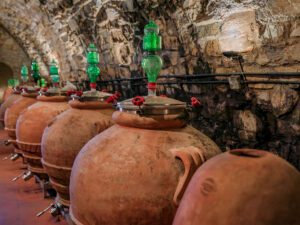
The Revival of Amphoras
Experience the revival of ancient winemaking: amphoras offer natural fermentation, micro-oxygenation, and a pure expression of terroir, all while reducing tannin bitterness.
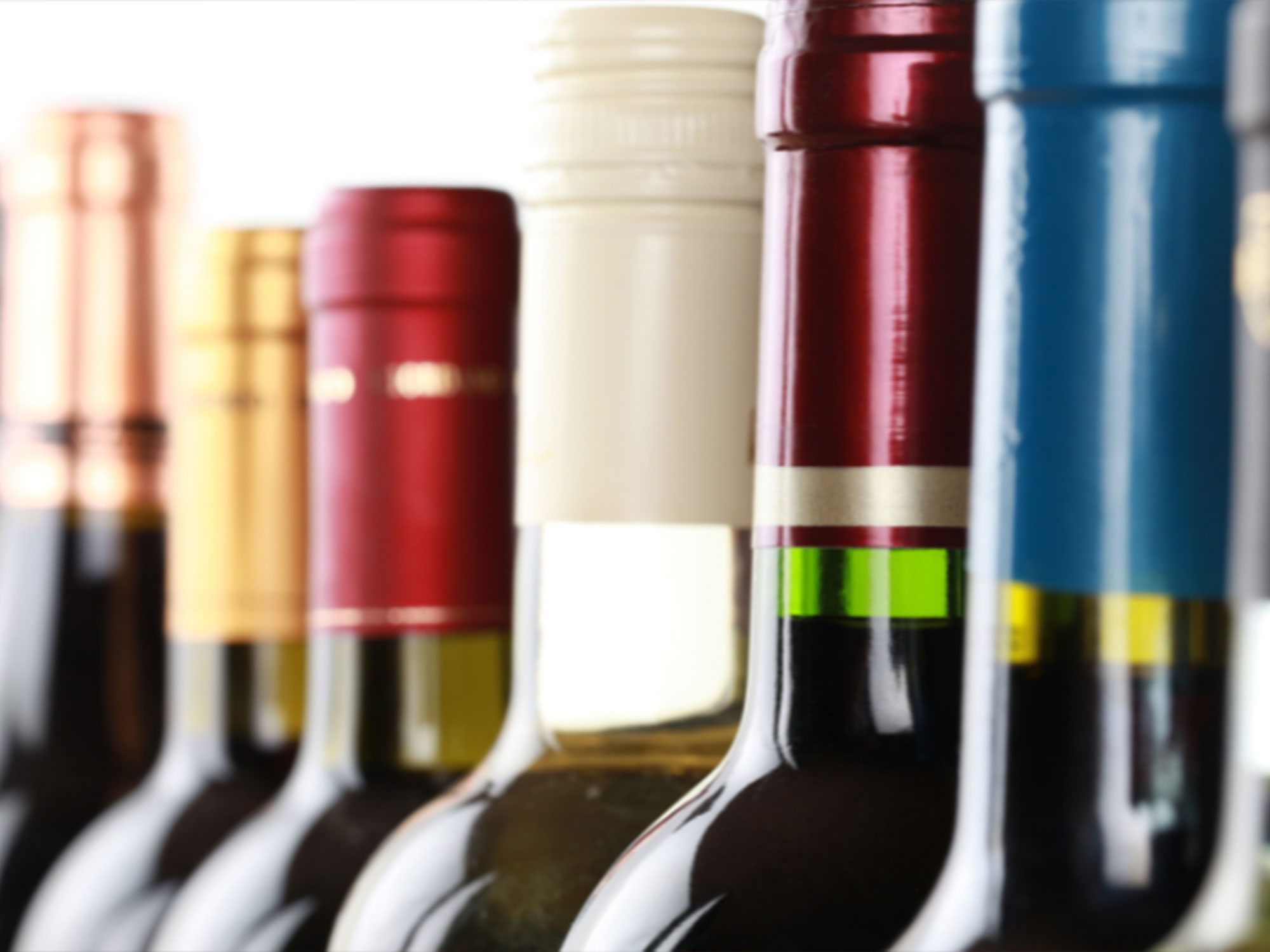
Screw cap wine has gotten a bad rap, but they’re more popular than ever. Why is that? The truth behind their purpose and the decline of the cork may surprise you.
In this post, I will break down the pros and cons of corks versus screwcaps. I’ll also explain a bit about cork taint and all of the cork alternatives you might not even know about!
Corks have been the traditional method for sealing wine in bottles since the 14th century. The cork itself comes from the Meditteranean cork oak tree or Quercus suber. Today, most high-quality wine corks come from Portugal.
Using cork to close wine bottles has always been the smart choice because cork can withstand a ton of pressure, conforms to the shape of the bottle, and resists mold and temperature changes. Cork also allows a small amount of air to pass through, which leads to more complex aromas and flavors when aging wine.
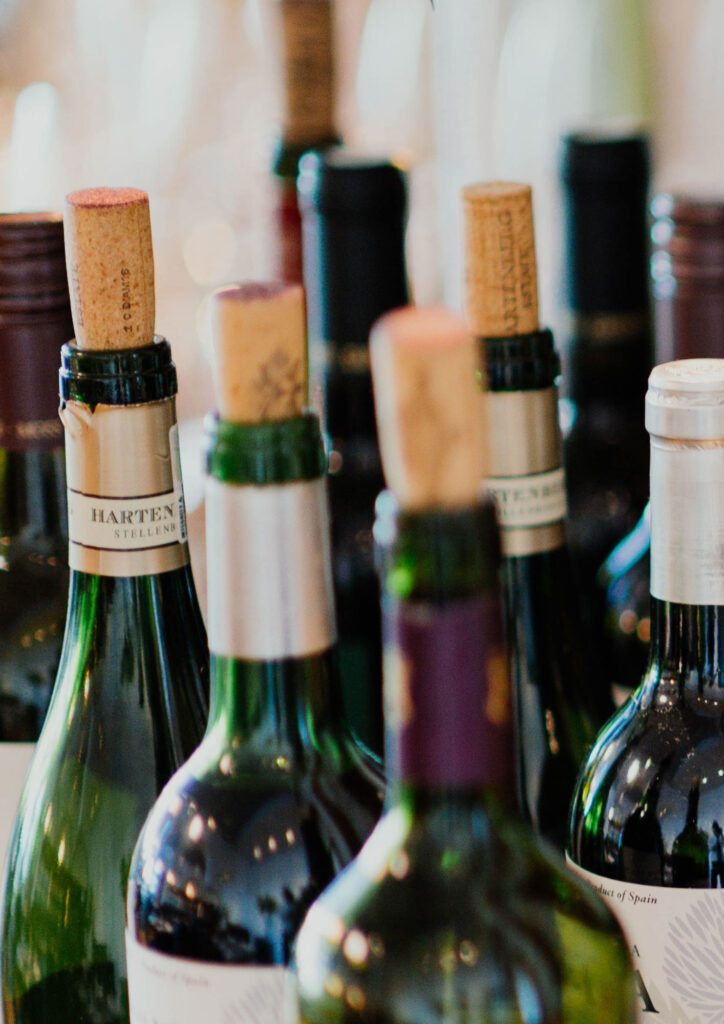
Fun fact: The cork tree is regenerative, with the average cork tree being stripped 16 times in its lifespan of 150-200 years.
Most wines still feature cork as their method of closure, though its use is declining because of the risk of “cork taint.” Cork taint is a flaw in wine responsible for the aromas of wet dog or dank cellar. When a wine has cork taint, it is said to be “corked.”
Cork taint is rare, but it does affect about 2.5% of wines closed with corks. These unpleasant aromas develop when chlorine (used in cork production) comes into contact with moisture and fungi inside the cork, creating a compound known as trichloroanisole, or TCA. TCA makes its way from the cork to the wine, infecting it with cork taint.
Before the mid-1990s, most corks were washed in chlorine, leading to more corked wines. However, cork taint is still prevalent because many winemakers use municipal water to clean their equipment which can contain chlorine. This can form TCA if the water comes into contact with corks, cardboard, or even wine barrels!
Screwcaps have been around since the 1950s, but they didn’t really start to kick off until the early 2000s when winemakers in Clare Valley, Australia, started using them. Today about 70% of Australian and 90% of New Zealand wines are closed with screw caps.
Using screw caps can seem like the logical choice when you’re considering convenience, affordability, and weight. That said, if you’re looking to age wine, you’ll definitely want to stick with the cork, as most screwcaps don’t allow any air to pass through the wine.
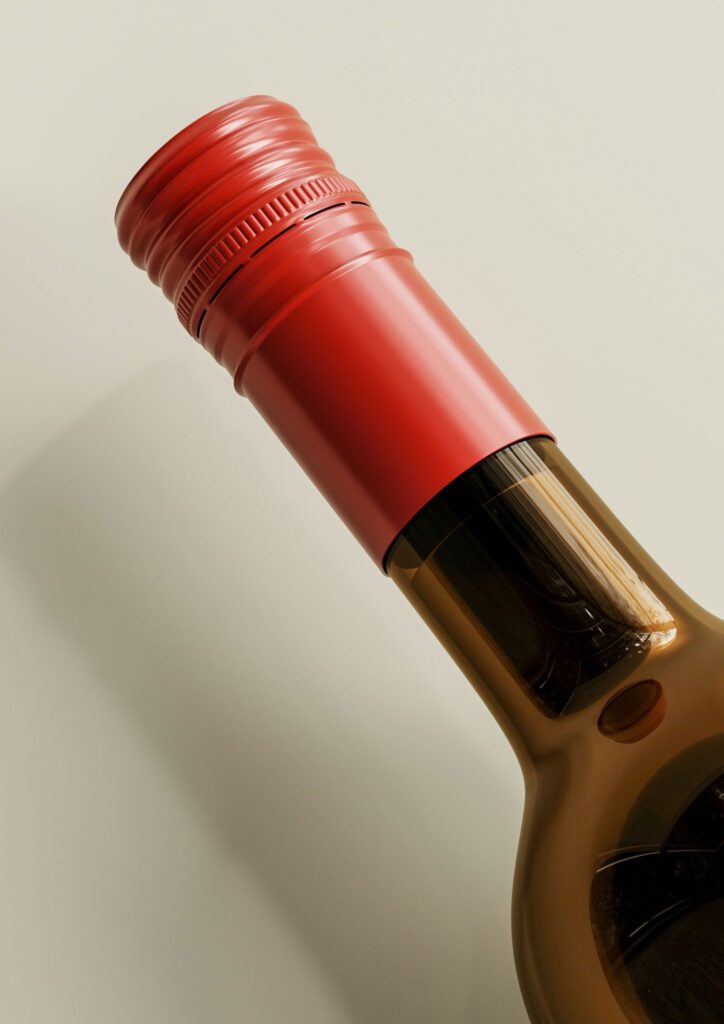
Beyond screw caps and corks, there are several other alternatives. These include synthetic corks made from polymers, composite corks made from cork particles and polymers, and agglomerated corks made from cork particles glued together by an adhesive.
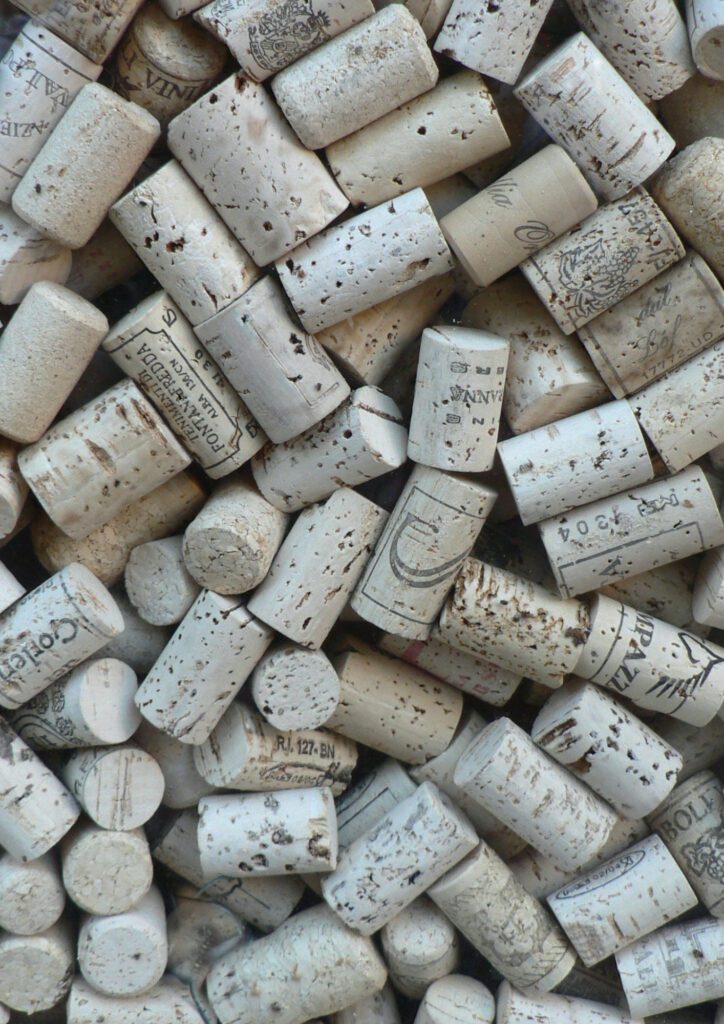
If you are planning on drinking a youthful wine, there’s very little competition – as both cork and screwcap closures can be found on good quality wines! If you have a favorite bottle under a screwcap, please share it below.


Experience the revival of ancient winemaking: amphoras offer natural fermentation, micro-oxygenation, and a pure expression of terroir, all while reducing tannin bitterness.

Enhance your blind tasting skills by practicing side-by-side comparisons, simplifying flavor notes, and regularly calibrating your palate with a tasting group.

Explore Ohio’s wineries in Geneva, tasting Riesling, Traminette, and Cabernet Franc while enjoying unique venues, local food, and a charming two-day wine adventure.
No matter your current skill level, we can help you improve – pass that exam, share your wine knowledge with others, guide your buyers, enhance your guests’ experience, and show up with confidence and credibility as a wine professional!
Feeling overwhelmed by everything there is to study in wine?
Struggling to stay consistent with tasting, or make it feel purposeful?
Craving connection with others who get what you’re working toward?
Let’s make studying wine less overwhelming, more consistent, and fully enjoyable!
Enter your email below to join our wine newsletter, where we share expert tips, study tools, tasting insights, and updates to support you on your wine journey!
By submitting, you are consenting to receive marketing emails from The Grape Grind. You can unsubscribe at any time.
Want to get better at tasting wine?